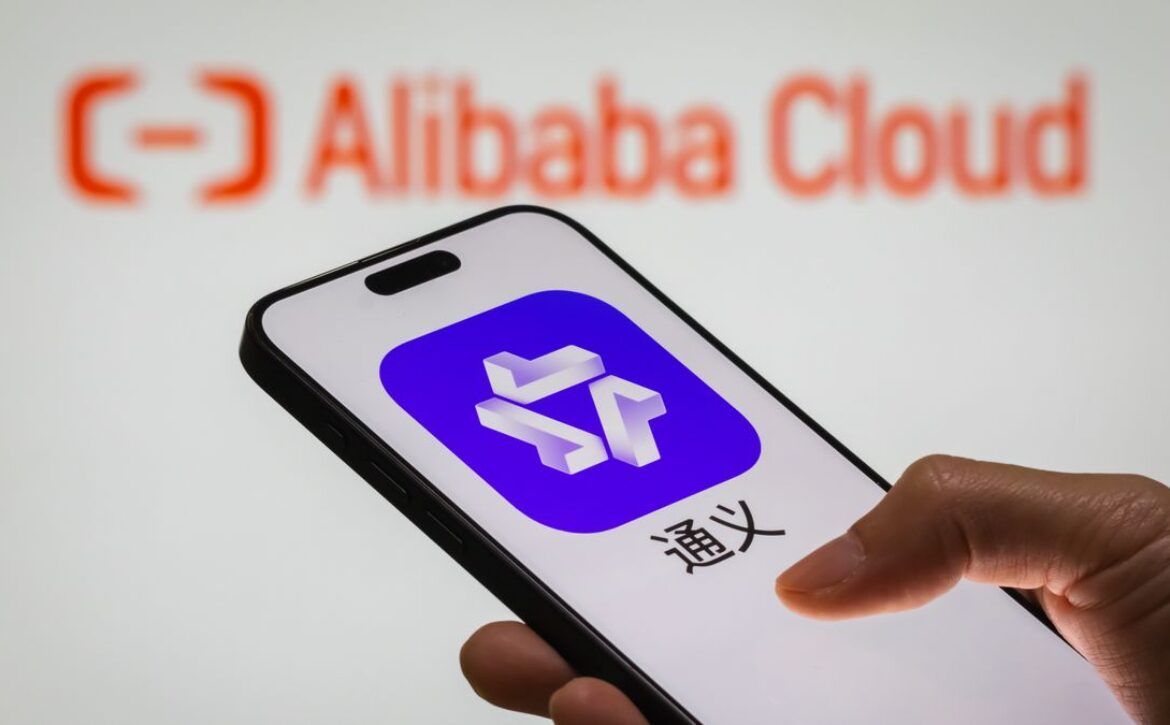
OPPO, Vivo Cut Retail Margins by More Than 40%, Lose 10,000 Outlets Each
Published:January 25, 2018
Reading Time:6 min read
Want to read in a language you're more familiar with?
Chinese smartphone brands Oppo and Vivo (OV) may have stellar performance at home, but they are slowing down in the India market. SEE ALSO: OPPO to Invest 2.2B...
Chinese smartphone brands Oppo and Vivo (OV) may have stellar performance at home, but they are slowing down in the India market.
 OPPO R11s[/caption]
OPPO R11s[/caption]
SEE ALSO: OPPO to Invest 2.2B Yuan to Build Factory in India
Economic Times recently reported that OV, which wanted to boost profits, slashed more than 40 percent of their retail margins, resulting in the loss of about 10,000 sales outlets each. But insiders in OV told a reporter at China Business Journal that this change was to meet the need of market development and would not hinder their progress in the Indian market. No details were revealed.Have OV stopped pouring money into India?
According to reports, OV own about 70,000 sales outlets. Their recent reduction in retail margins caused a backlash in community stores and smartphone chain stores. Some well-informed people in the local market said this move caused OV to lose about 10,000 sales outlets each. Reportedly, OV cut the margins offered to large chains to 14 to 15 percent from 23 to 25 percent. They reduced it to 5 to 6 percent for standalone stores from 15 to 16 percent earlier. Other information showed that an Oppo spokesperson confirmed the news and stated that Oppo would orient itself in the mid- to high-end market after India implemented a new GST (Goods and Services Tax) on July 1, 2017. On the other hand, a spokesperson for Vivo denied the report that sales outlets decreased and declared it would open more stores. When interviewed, insiders in OV questioned the accuracy of the coverage on the number of stores being shut down and confirmed that OV would focus on mid- to high-end models priced more than 15,000 rupees (1,500 yuan). News said that OV invested 22 billion rupees (about 2.36 billion yuan) in the Indian market in 2017 in the hope of seizing market share from Samsung and other smartphone manufacturers. This radical move was taken as OV’s full charge into the Indian market. Having factored consumption ability into account, OV priced their products within the range from 6,000 to 20,000 rupees (600 to 2,000 yuan): 78 percent of all phones in Indian market fall into this range. High marketing investment earned OV a good name in Indian market. According to IDC data, in the third quarter of 2017, Indian market shipped more than 39 million smartphones, increasing by 21 percent year on year and 40 percent month on month. Shipments of Vivo and Oppo increased by 153 percent and 81 percent respectively, and their market ratio stood at 8.5 percent and 7.9 percent, making them the number four and five smartphone brands respectively. However, their market share was overshadowed old rivals such as Samsung and Xiaomi, both of which were ranked first with a 23.5 percent market share. In addition, judging from the IDC data, from the fourth quarter of 2016 to the third quarter of 2017, OV’s combined market share accounted for 16 percent to 21 percent. Meanwhile, Xiaomi, a smartphone brand that focuses on online sales channels, saw its share rise from 10.7 percent to 23.5 percent. E-commerce platforms shipped 13 million smartphones, making up a third of the total shipments. OV also came up with some measures to increase their share in Indian online sales. This might be another reason OV reduced the retailer profit-sharing. Wang Yanhui, general secretary of CNMO.com, said in an interview that OV’s move was a steady market strategy and a response to Indian tax policy change. OV performed steadily in market share, so shutting down some inefficient stores could promote the sales of other stores, thus benefiting OV’s future development in the Indian market. [caption id="attachment_4054" align="alignnone" width="1600"] OPPO R11s[/caption]
OPPO R11s[/caption]





